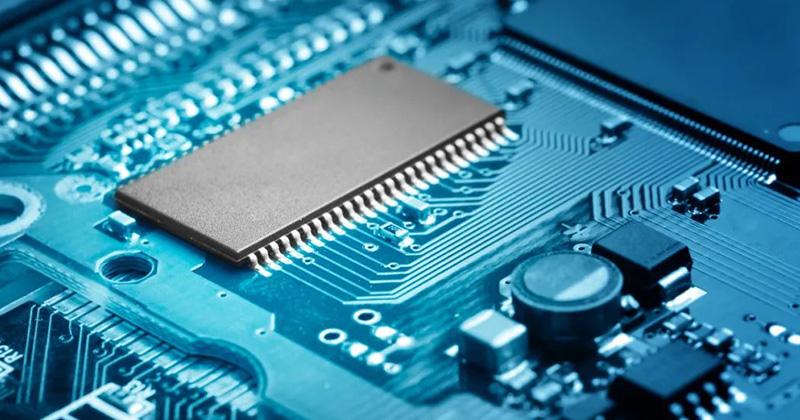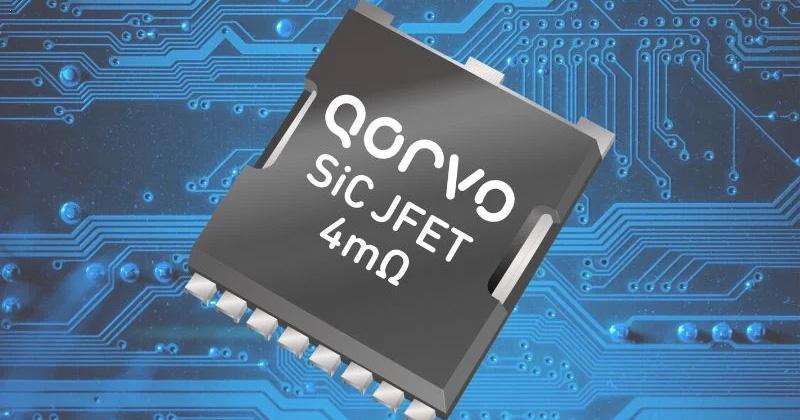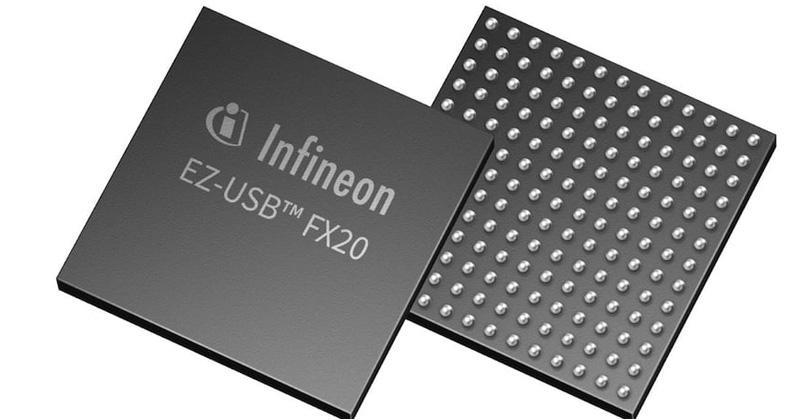
Microsoft Unveils Quantum Computing Chip Using ‘Topoconductor’ Materials
Microsoft recently announced its Majorana 1, the “world’s first quantum processor powered by topological qubits,”—a significant milestone in the pursuit of practical quantum computing.
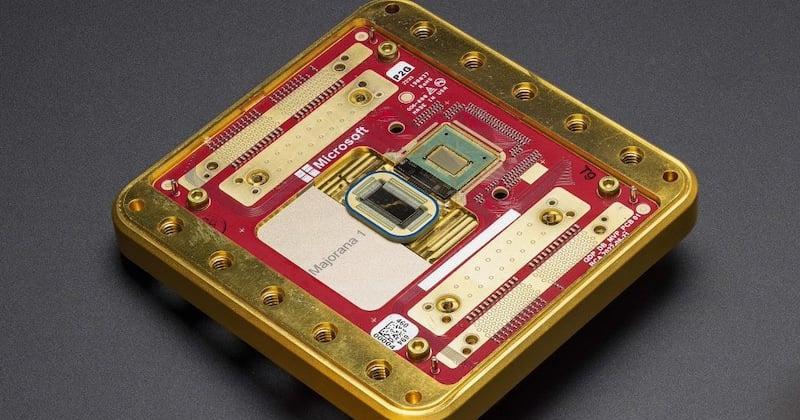
The Majorana 1 chip.
This processor, built with "topoconductor technology," introduces a new paradigm in quantum error correction and scalable architectures.
Reliably Scaling Quantum Computing
While quantum computers hold the promise of solving problems beyond the reach of classical systems, a major obstacle remains: error rates. Most qubits are highly susceptible to decoherence and operational errors, which has necessitated forms of quantum error correction (QEC). Conventional qubit architectures rely on complex analog signals for error correction and demand intricate control mechanisms. However, as quantum processors scale toward millions of qubits, these approaches become increasingly impractical.
Microsoft's approach circumvents these limitations by making qubits intrinsically robust against local disturbances. Its Majorana-based qubits introduce a new method of storing quantum information in a way that is fundamentally protected by the laws of physics rather than by software-based corrections.
Topoconductor-Based Majorana Qubits
At the core of Microsoft's breakthrough is a topoconductor, a novel class of materials that enables topological superconductivity. The system is built on indium arsenide (InAs) and aluminum (Al) heterostructures, which, when cooled to near absolute zero and exposed to a magnetic field, host Majorana Zero Modes (MZMs)—exotic quasiparticles theorized for nearly a century but only recently realized experimentally.
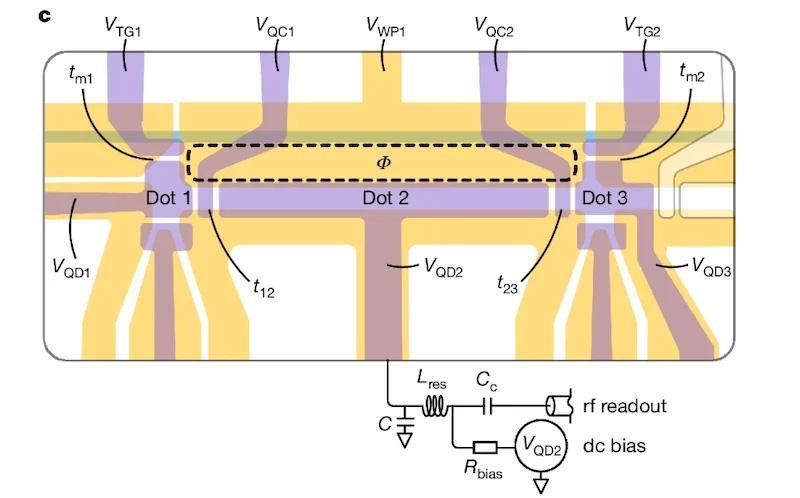
Gate layout for the interference loop formed between the triple quantum dot and the gate-defined nanowire.
MZMs have a unique property: unlike conventional superconductors where electrons form Cooper pairs, a topoconductor's unpaired electron is delocalized across two MZMs, making it nearly immune to environmental perturbations. This is the foundation of Microsoft's topological qubit, which is inherently protected from local noise sources and drastically reduces error rates compared to traditional superconducting qubits.
To address the challenge of measuring these qubits without destroying their quantum state, Microsoft developed a single-shot parity measurement technique. The process involves coupling the MZM nanowire to a quantum dot, where the parity state of the wire influences the quantum capacitance of the dot. This interaction alters how microwaves reflect off the system and allows the qubit's state to be read with an error probability as low as 1%.
'Reliable by Design'
Traditional quantum computing architectures use gate-based models, where qubits are manipulated using precise continuous analog rotations. This approach requires high-fidelity control signals and makes QEC complex and resource-intensive.
Microsoft’s measurement-based approach, in contrast, eliminates the need for fine-tuned gate operations. Instead, qubit states are manipulated digitally through controlled measurements of quantum dot charge states. This simplification makes quantum error correction more efficient and scalable and enables practical deployment in large-scale quantum processors.
Notable aspects of this “reliable by design” approach include:
- Single-shot parity readout to reduce cumulative measurement errors
- Digital control pulses to replace complex continuous-wave signal operations
- Topologically protected qubit states to minimize decoherence and operational errors
Toward Practical Quantum Computing
Microsoft has outlined a clear roadmap toward utility-scale quantum computing, with Majorana 1 serving as a stepping stone to even larger and more powerful systems. Its next goal is to build a 4×2 tetron array using a modular approach to scale up topological qubit architectures.

Microsoft’s roadmap to fault-tolerant quantum computation with tetrons.
The company is also actively working on integrating measurement-based braiding transformations as a step toward full topological quantum computation. Microsoft’s approach leverages the intrinsic properties of MZMs to achieve equivalent computational power via digital measurements alone.
Additionally, Microsoft is collaborating with the Defense Advanced Research Projects Agency (DARPA) through the Underexplored Systems for Utility-Scale Quantum Computing (US2QC) program to accelerate the development of a fault-tolerant prototype (FTP) that can perform practical quantum computations within the next few years—not decades.


